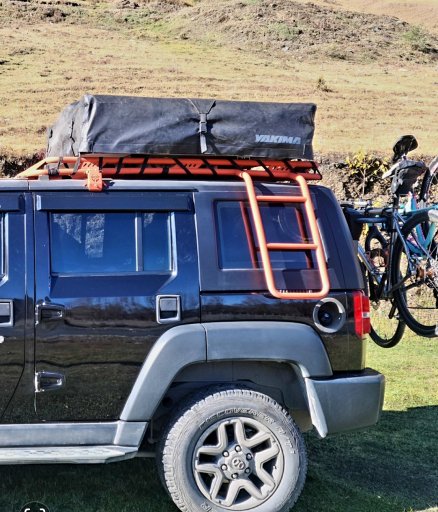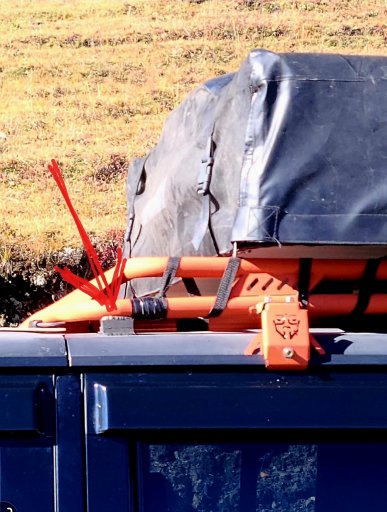Greetings OB members!
My first post and why not start a thread at the same time? haha
I'm from eastern North Dakota and have grown up car camping, hiking and mountain biking. The last few years I've discovered dispersed camping and have put together a decent setup for "Overlanding".
My brother in law recently bought an iKamper RTT and wanted to use it on his Honda Pilot. He already had a roof rack system in place, but it was clip style and not a more permanent mount. Through some research, and after discussing with a roof rack system company near Minneapolis MN, he decided to get a new roof rack (Yakima) and have it permanently installed at said roof rack company. He told me that he was advised to NOT use a clip style roof rack system when attaching an RTT to it. Has anyone else heard this before?
My current setup is a 2017 Jeep Grand Cherokee Limited, Yakima roof rack (clip style) and a Smittybilt Overlander RTT. I'm on my 3rd season of using this setup and love it! However, I'm curious from a safety standpoint if anyone else has heard the thing about avoiding clip style roof racks when mounting RTTs to them?
Thanks in advance!
My first post and why not start a thread at the same time? haha
I'm from eastern North Dakota and have grown up car camping, hiking and mountain biking. The last few years I've discovered dispersed camping and have put together a decent setup for "Overlanding".
My brother in law recently bought an iKamper RTT and wanted to use it on his Honda Pilot. He already had a roof rack system in place, but it was clip style and not a more permanent mount. Through some research, and after discussing with a roof rack system company near Minneapolis MN, he decided to get a new roof rack (Yakima) and have it permanently installed at said roof rack company. He told me that he was advised to NOT use a clip style roof rack system when attaching an RTT to it. Has anyone else heard this before?
My current setup is a 2017 Jeep Grand Cherokee Limited, Yakima roof rack (clip style) and a Smittybilt Overlander RTT. I'm on my 3rd season of using this setup and love it! However, I'm curious from a safety standpoint if anyone else has heard the thing about avoiding clip style roof racks when mounting RTTs to them?
Thanks in advance!








